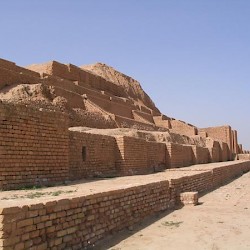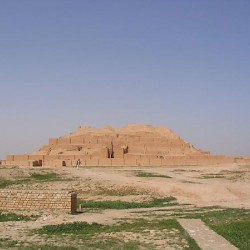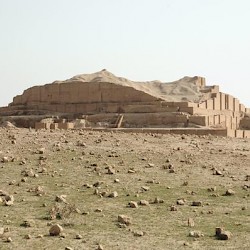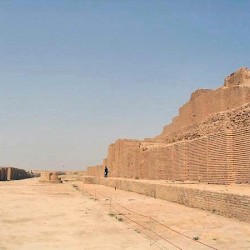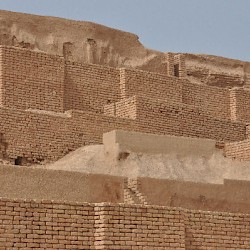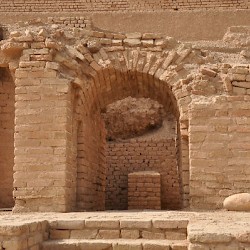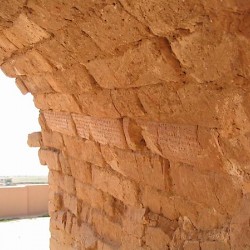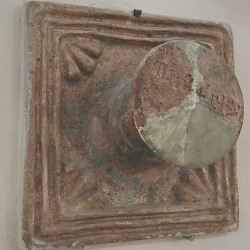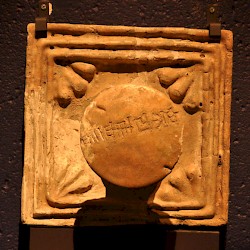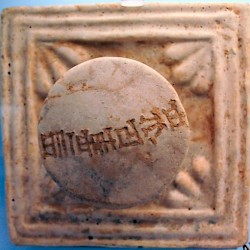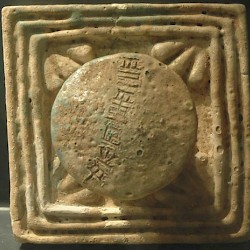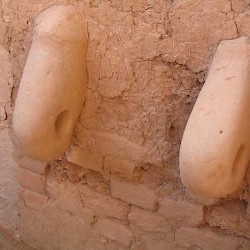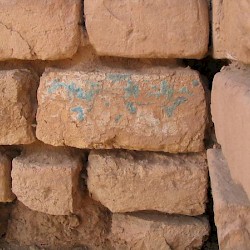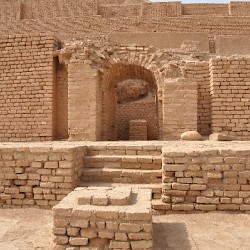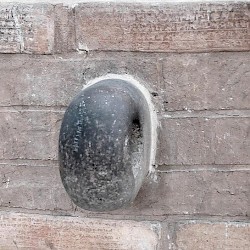Choga Zanbil - Ziggurat
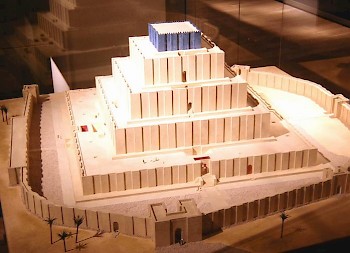
In the center of the ancient Elamite city of Dur-Untaš stood the ziggurat, a type of monument that was always built by kings. In ancient Mesopotamia, in the earliest times, there had been a conflict between the two great organizations, the temple and the palace. By building a ziggurat, a pious king could prove that he could perform more impressive religious deeds than the clergy and was, therefore, more important.
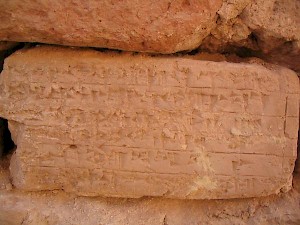
The ziggurat of Dur Untaš was built long after this conflict, but the king was still the proud builder of this type of religious monument. An inscription inside a gate mentions king Untaš-Napiriša:
I, Untaš-Napiriša, son of Šutur-Nahhunte, king of Anšan and Susa [...] rebuilt the temple of Kiriša, lady of Lyan, my goddess.
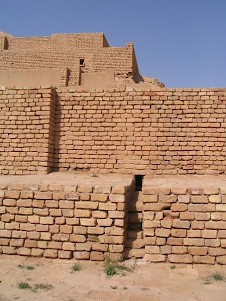
Untaš-Napiriša's temple mountain, which was at some stage rededicated to Inšušinak, once had five levels and is among the best preserved of all ancient ziggurats. It is easy to imagine that it once looked as if it reached to heaven,note and in Antiquity, it was even easier, because the building, now twenty-five meters high, used to measure fifty-two meters. Many travelers must have seen it, because close to the ziggurat was the Royal Road from Susa to Persis.
Among the travelers who passed its ruins were military commanders like Cyrus the Great, Darius I the Great, and Alexander the Great. There are many sources about these men, and it comes as a surprise that the ziggurat of Dur Untaš is not mentioned at all. A possible explanation is that in their age, the ancient sanctuary had come to look like a big rock and was no longer recognizable as a human artificact.
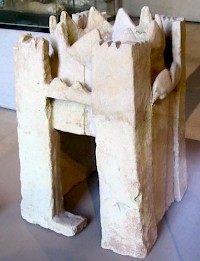
After all, the artificial mountain was made of tiles made of dried mud, which were protected against the wind and rain by a shell of baked bricks. Once a hole had been made in this shell, greater damage was fairly easily done to the soft mud bricks. It is therefore certainly possible that in Achaemenid times, the ziggurat of Dur Untaš looked like a strange rock, not as a monument erected by human hands.
On the summit of the tower was a temple, dedicated to Inšušinak. It was believed that from this point, the god could ascend to heaven or come down to earth. This idea is also present in the name of the Babylonian temple tower Etemenanki: this famous sanctuary was the "place of the foundation of heaven on earth".
What the structure itself must have looked like when its decoration and ornaments were still there, is unknown, but perhaps the little model of a tower that is now in the Louvre (shown to the right) may help us: there may have been battlements, sometimes triangle-shaped, on all levels of the ziggurat.
